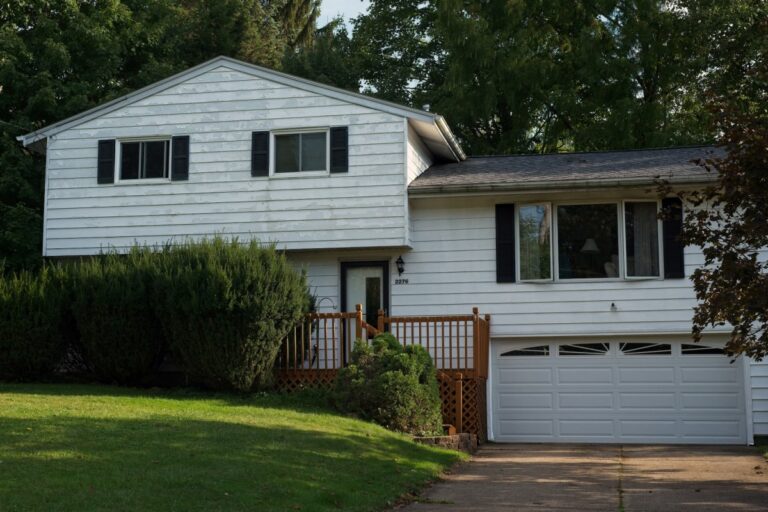FEMA’s Flood Risk Assessments Under Fire
Recent research suggests that the Federal Emergency Management Agency (FEMA) is significantly underestimating the number of properties at risk of flooding, according to a report by USA Today. A study conducted by First Street analyzed the relationship between mortgage defaults and physical climate risks, revealing that a majority of counties had more properties at flood risk than FEMA had identified.
For instance, in Letcher County, Kentucky, FEMA reported that 11.4% of properties were in a special flood hazard area, while First Street’s analysis put the number at 60.6%. This discrepancy highlights the potential for a significant number of uninsured or underinsured properties, which could lead to financial devastation for homeowners when disasters strike.

The report also found that the annual costs of dealing with climate damage have increased by 1,580% in the last four decades. “There’s an indirect effect of additional cost of homeownership that people didn’t expect to have when they first took out their mortgage, which is being indirectly driven up because of the increasing severity and frequency of climate risk,” said Jeremy Porter, head of climate implications at First Street.
The Importance of Accurate Flood Assessments
Without proper flood assessments, properties won’t be subject to mandatory insurance. When disaster strikes, uninsured homeowners may face a crippling financial situation. Even with coverage, First Street found that a 1% increase in premiums resulted in a 1% increase in foreclosures. The insurability of property affects its price on the open market, and as climate risks make more properties effectively unsellable, the U.S. Senate Budget Committee expects a housing market crash akin to that of 2008.
Taking Action Against Climate Change
Homeowners can play a role in mitigating the effects of climate change by reducing their household energy emissions. Upgrading to a heat pump, installing solar panels, and switching to an induction stove are all ways to reduce pollution and ultimately stabilize rising climate-based insurance costs. By taking these steps, homeowners can not only protect their properties but also contribute to a more sustainable future.
As the issue of flood risk and climate change continues to unfold, it is essential for homeowners, policymakers, and insurers to work together to address the growing concerns and develop effective solutions.


